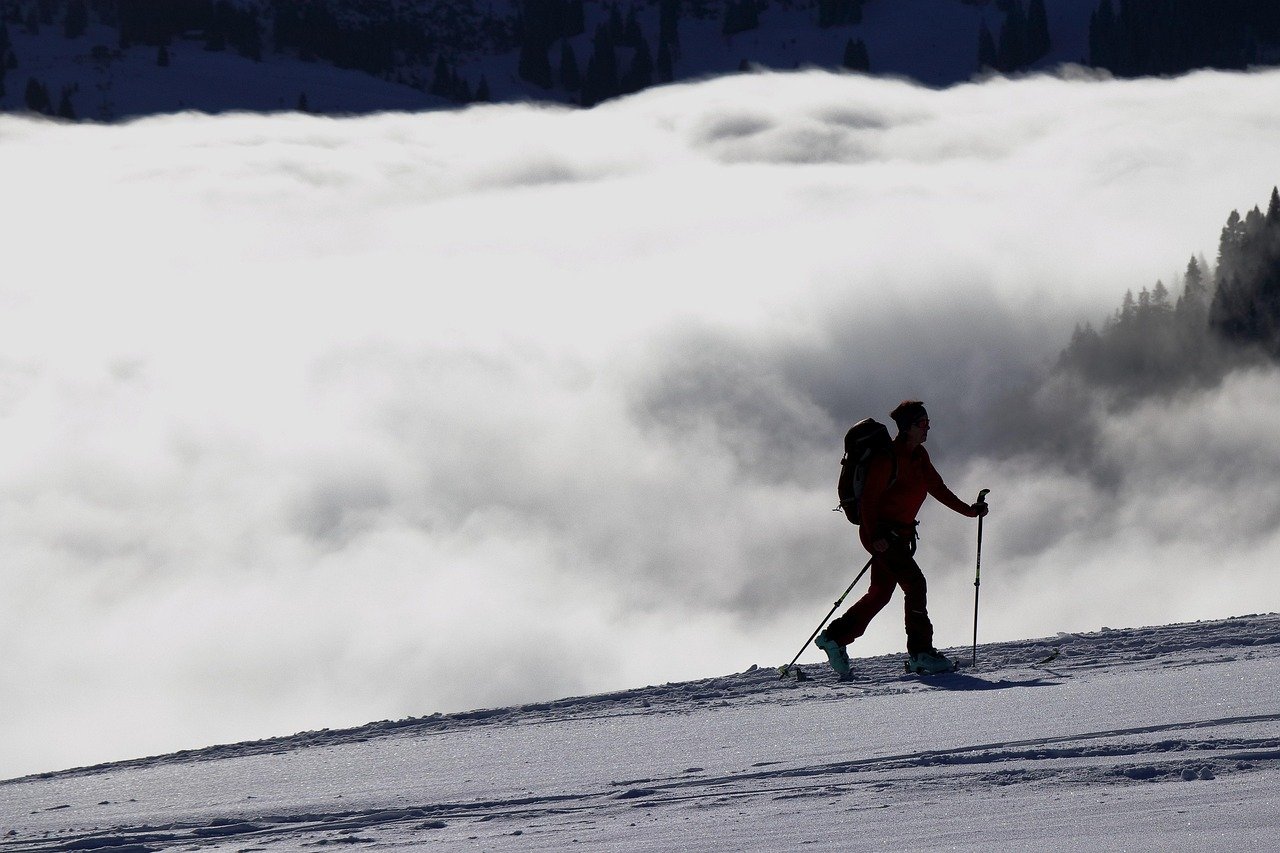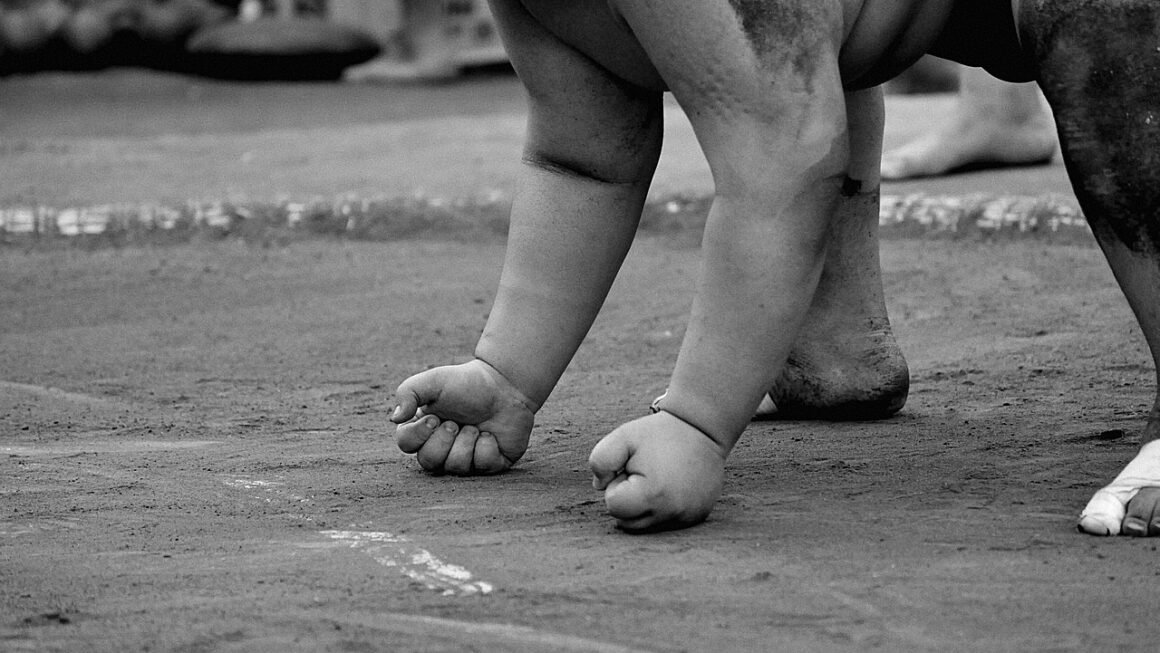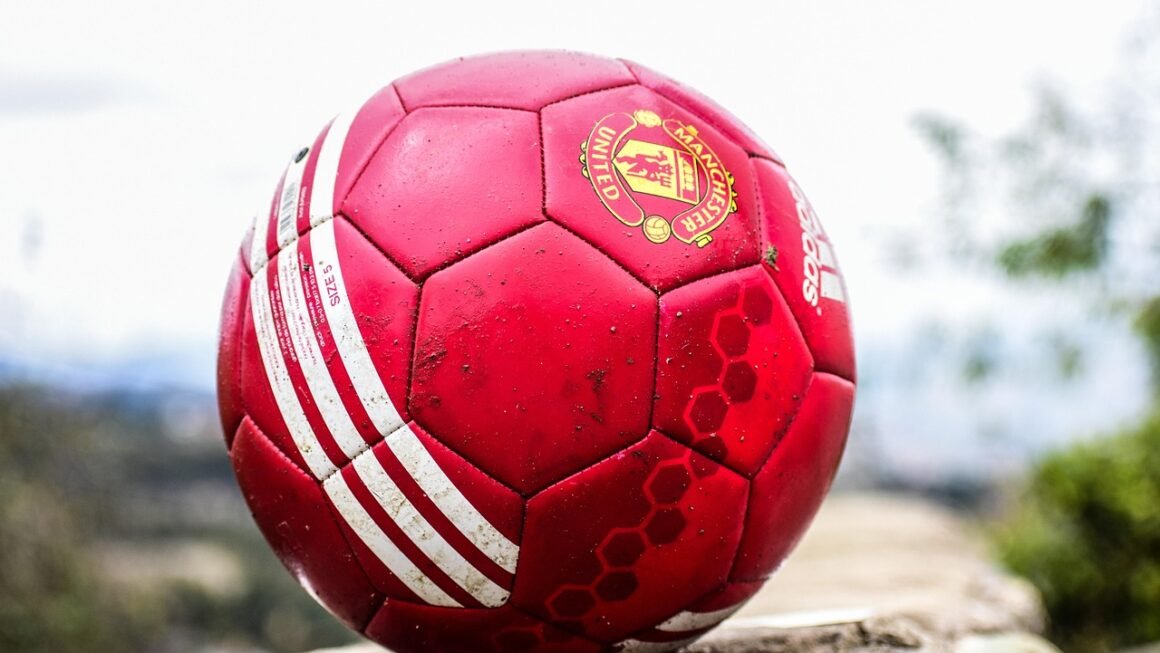Whether you’re a seasoned pro carving down black diamond runs or a complete beginner dreaming of gliding through fresh powder, the allure of skiing is undeniable. The combination of exhilarating speed, breathtaking mountain scenery, and the physical challenge makes it a sport enjoyed by millions worldwide. This guide will cover everything you need to know, from gear basics to advanced techniques, helping you make the most of your time on the slopes.
Getting Started with Skiing
Skiing can seem intimidating at first, but with the right preparation and guidance, anyone can learn to enjoy it. This section covers the essential first steps.
Essential Equipment
Having the right gear is crucial for both safety and enjoyment. Here’s a breakdown:
- Skis: Choose skis based on your skill level and the type of terrain you’ll be skiing on. Beginner skis are typically shorter and softer, making them easier to control. Intermediate and advanced skiers may prefer longer, stiffer skis for better performance at higher speeds. For example, a beginner might opt for a pair of all-mountain skis around 150-160cm in length, while an expert might choose a pair of 180cm+ skis designed for carving.
- Boots: Properly fitted boots are paramount. Ill-fitting boots can lead to discomfort, blisters, and even injury. Go to a reputable ski shop and have a professional bootfitter assess your feet. Expect to pay a bit more for custom fitting, but it’s a worthwhile investment. Boots generally come in sizes related to mondo point, which is the length of your foot in millimeters.
- Bindings: Bindings connect your boots to your skis and are designed to release in case of a fall, preventing serious injuries. They should be adjusted by a professional to match your weight, height, and skiing ability. A DIN setting that is too low can result in premature release, while a setting that is too high can prevent release during a fall.
- Poles: Poles help with balance and propulsion. Choose poles that are the right length for your height; when you hold the pole upside down with the tip on the ground, your elbow should be bent at a 90-degree angle.
- Helmet: A helmet is non-negotiable. Head injuries are a significant risk in skiing, and a helmet can dramatically reduce the severity of an impact. Ensure it fits snugly and meets safety standards.
Taking Lessons
Investing in lessons from a certified instructor is one of the best ways to start skiing. A good instructor can teach you proper technique, safety protocols, and how to navigate the mountain.
- Group Lessons: A more affordable option, group lessons are great for beginners who want to learn alongside others.
- Private Lessons: Private lessons offer personalized instruction and can help you progress faster. They are especially beneficial for overcoming specific challenges or refining your technique. For instance, a private lesson could focus on improving your parallel turns or mastering moguls.
First Time on the Slopes: What to Expect
Your first time on the slopes will be a learning experience. Be patient with yourself, and focus on the fundamentals.
- Start on the bunny hill: Begin on the gentlest slope to get comfortable with your equipment and practice basic skills like balancing, gliding, and stopping.
- Learn the wedge (snowplow): The wedge is a fundamental technique for controlling your speed and stopping.
- Take breaks: Skiing can be physically demanding, so take regular breaks to rest and rehydrate.
- Be aware of your surroundings: Pay attention to other skiers and snowboarders, and follow the rules of the mountain.
Intermediate Skiing Techniques
Once you’ve mastered the basics, you can start developing more advanced skills to improve your control and confidence on steeper and more varied terrain.
Parallel Turns
Parallel turns involve keeping your skis parallel throughout the turn. This technique allows for greater control and efficiency, especially at higher speeds.
- Initiation: Start the turn by shifting your weight to the outside ski and slightly edging the ski into the slope.
- Control: Maintain a stable stance and use your core muscles to control your balance.
- Transition: Smoothly transition your weight to the other ski as you complete the turn. For example, imagine drawing a smooth “S” shape on the snow with your skis.
Skiing Moguls
Moguls are bumps on the slopes that can be challenging but also rewarding to ski. Mastering moguls requires good balance, agility, and quick reflexes.
- Absorption: Absorb the bumps by flexing your knees and ankles.
- Line Choice: Choose a line through the moguls that allows you to maintain control and avoid excessive speed. Many skiers choose to ski the “backsides” of the moguls, using the terrain to control their speed.
- Upper Body Stability: Keep your upper body relatively still and focused on the direction you want to go.
Off-Piste Skiing (Backcountry)
Off-piste skiing involves skiing in ungroomed areas outside of the marked runs. This can be an incredible experience, but it also comes with significant risks.
- Avalanche Safety: Before venturing into the backcountry, take an avalanche safety course and learn how to use an avalanche transceiver, probe, and shovel.
- Conditions Awareness: Be aware of the current snow conditions and avalanche forecast.
- Buddy System: Never ski off-piste alone. Always ski with a partner or group.
Choosing the Right Ski Resort
Selecting the right ski resort can significantly impact your overall experience. Consider factors like terrain, snow conditions, amenities, and cost.
Terrain Variety
Different resorts offer different types of terrain, from gentle slopes for beginners to challenging runs for experts.
- Beginner-Friendly Resorts: Look for resorts with a good selection of green and blue runs, as well as ski schools with experienced instructors. Examples include Smugglers’ Notch in Vermont, known for its excellent beginner programs.
- Expert-Level Resorts: If you’re an experienced skier, you might prefer resorts with steep slopes, challenging moguls, and off-piste opportunities. Resorts like Jackson Hole Mountain Resort in Wyoming are famous for their challenging terrain.
Snow Conditions
Snow conditions can vary widely depending on the resort and the time of year.
- Powder Skiing: Some resorts are known for their consistent powder snow. Resorts in Utah, such as Alta and Snowbird, are renowned for their dry powder.
- Groomed Runs: If you prefer groomed runs, look for resorts with a reputation for maintaining their slopes well.
Amenities and Activities
Consider the amenities and activities offered by the resort, such as restaurants, shops, and après-ski options.
- Family-Friendly Resorts: Look for resorts with activities for children, such as tubing, ice skating, and snowshoeing.
- Après-Ski Scene: If you enjoy après-ski, choose a resort with a lively bar scene and restaurants. Aspen and Vail are known for their vibrant après-ski culture.
Skiing Safety and Etiquette
Safety should always be your top priority on the slopes. Following basic safety rules and etiquette can help prevent accidents and ensure a positive experience for everyone.
The Skier’s Responsibility Code
The Skier’s Responsibility Code outlines the basic rules of conduct on the slopes.
- Always stay in control: Be able to stop and avoid other people or objects.
- People ahead have the right of way: It is your responsibility to avoid them.
- Do not stop where you obstruct a trail or are not visible from above.
- Before starting downhill or merging onto a trail, look uphill and yield to others.
- Use devices to help prevent runaway equipment.
- Observe all posted signs and warnings.
- Know how to use and maintain all of your equipment.
Avoiding Common Injuries
Skiing injuries are common, but many can be prevented by following some simple precautions.
- Warm-up before skiing: Stretching and light cardio can help prepare your muscles for the demands of skiing.
- Stay hydrated: Drink plenty of water throughout the day to prevent dehydration and muscle cramps.
- Listen to your body: Don’t push yourself too hard, especially if you’re tired or sore.
Mountain Etiquette
Respectful behavior contributes to a more enjoyable experience for everyone on the mountain.
- Yield to uphill skiers: Give way to skiers who are uphill from you.
- Don’t cut people off: Be aware of your surroundings and avoid cutting in front of other skiers.
- Stay on marked trails: Respect closures and stay on designated trails.
Conclusion
Skiing offers an unparalleled combination of physical activity, natural beauty, and thrilling experiences. By understanding the fundamentals of equipment, technique, and safety, you can unlock the full potential of this incredible sport. Whether you’re a beginner taking your first steps on the bunny hill or an expert seeking out the most challenging terrain, skiing has something to offer everyone. So, gear up, hit the slopes, and enjoy the ride!



